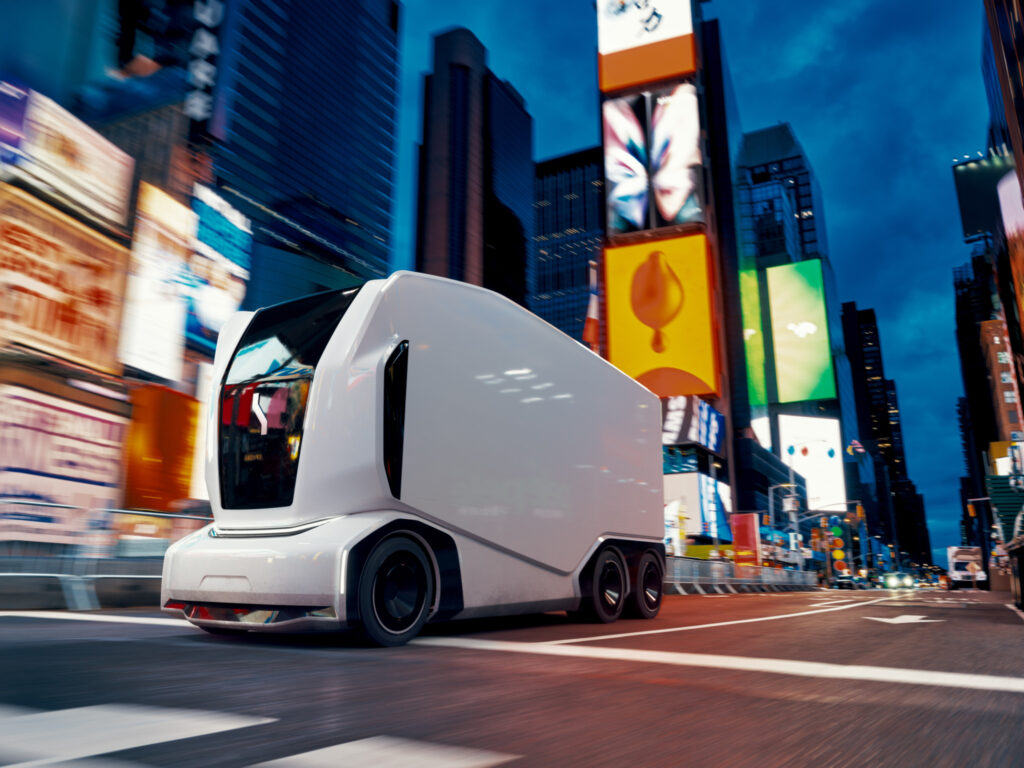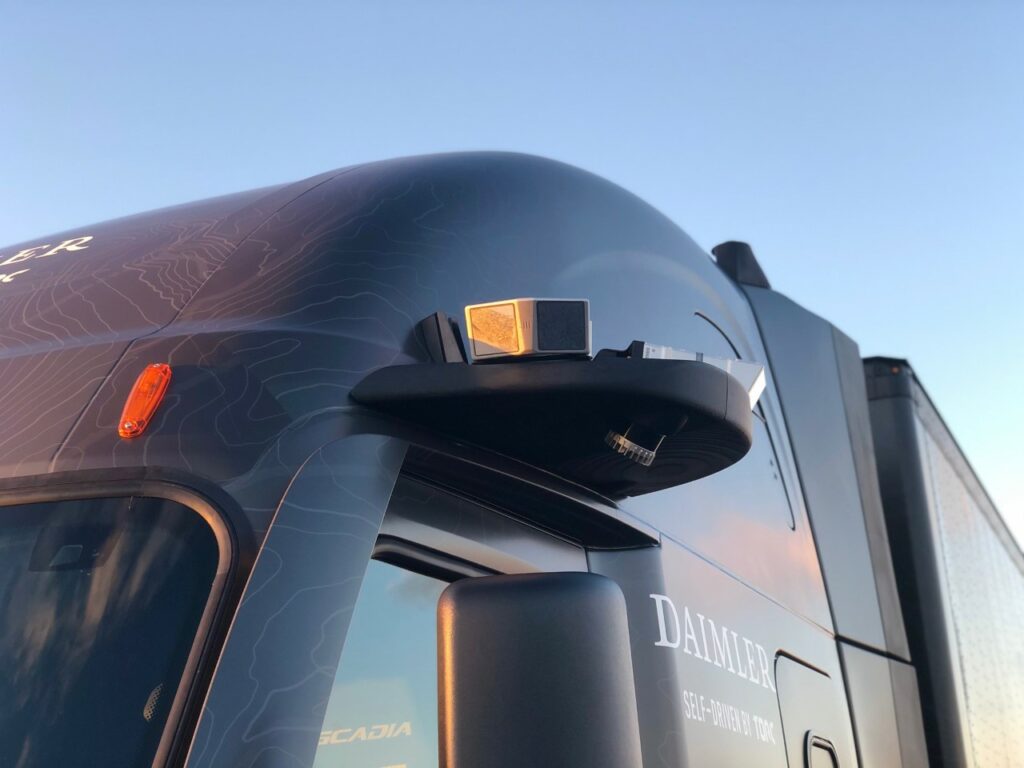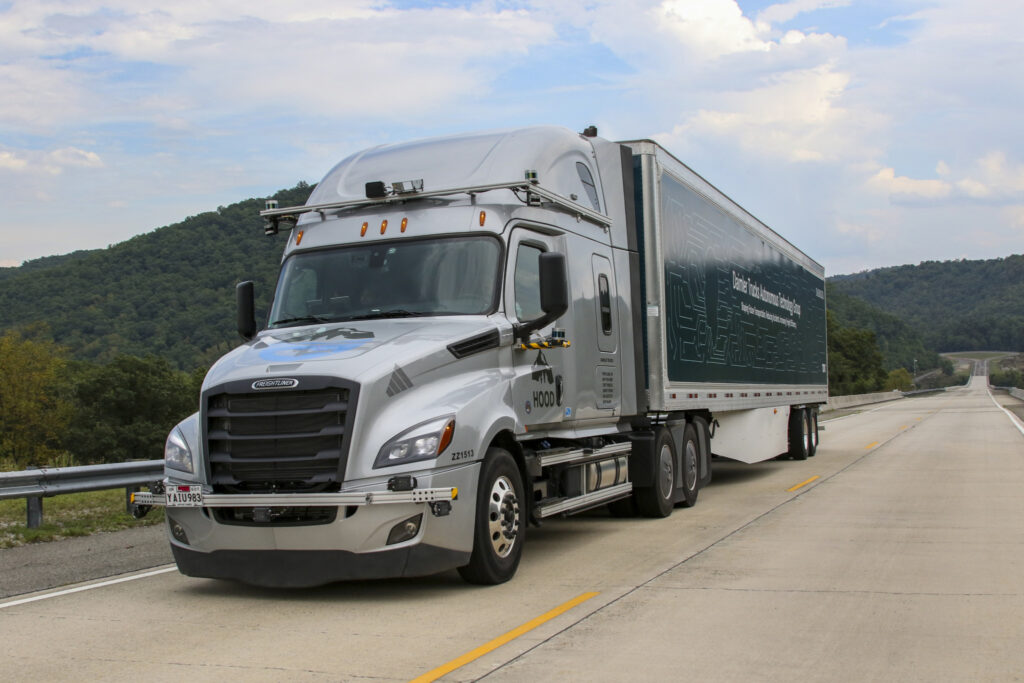Autonomous truck insurance questions remain
A panel discussion at the Technology & Maintenance Council’s spring meeting revealed that some things won’t change when it comes to insuring autonomously driven trucks. Others will. And there’s still a lot of unknowns.
Some of the liability for crashes will come down to who owns the trucks. Clayton Cavell, president of Paul Hanson Partners, said some models will see the OEMs continue to own the trucks, leasing them out to the end user.
“They would maintain liability insurance at the OEM level, and that would make life for people like us [insurers] a whole lot easier,” he said.
The insurance industry today calculates premiums based on drivers’ experience, noted Andrew Roth, director of insurance with Koop Technologies.
“With AVs [autonomous vehicles] removing the driver out of the vehicle the expectation is that the behavior is going to change. That will be a positive thing, but it’s an unknown thing,” he said. “From an underwriting perspective, it’s intense. It requires a lot of communication with the developers themselves.”

Collecting data for autonomous vehicles
Fortunately, today’s trucks – and future trucks even more so – generate reams of data that can help insurers with their understanding of risk for underwriting purposes. But it’s still not clear what data will be generated and useful for insurers.
Roth said he asked the CEO of one trucking company using automated vehicles if he would share his data. “He said ‘Sure, what data do you want to see?’ I said, ‘I dunno, what data are you collecting?’”
Roth said data collection and sharing has improved since that early discussion. “We have a much better idea of what we want to know,” he said. “There is a lot of power behind the operational data AVs will give us.”
Cavell said it’s widely agreed that AVs will be safer than today’s trucks. Larger fleets may choose to self-insure as they do today. It will become more complex for fleets operating a mix of human-driven trucks and autonomous ones. And most fleets are likely to begin with a small amount of AVs within the fleet.

AV maintenance and liability
Who will maintain the trucks is another question that’s yet to be answered. That too could determine who’s liable in the event of an incident, noted Jack Legler, TMC technical director with the American Trucking Associations.
“I used to go out and look at things like maintenance records relative to industry benchmarks,” he said. “Violation histories, driver training and driver discipline, compensation. Now we are replacing the driver with AI [artificial intelligence]. We are going to be responsible for making sure AI is up and running like the rest of the vehicle. We used to follow the drivers around and observe their behavior. You fix that [behavior]. With an AV, it’s not a driver it’s a system.”
Cavell also raised concerns about the technology providers who design the systems. Will they be solvent and able to cover the cost of a lawsuit? Insurance providers of AVs will likely do as they do today. Pay the claim then subrogate back to the OEM or developer that built the software.
“Practically speaking, that’s a nightmare,” he said. “Product liability cases are not easy to litigate.”

AV collisions and cybersecurity
Regulations may be required to determine who’s ultimately responsible for a wreck involving an AV. When a wreck does occur, Roth said insurers should have more information about exactly what happened, since AVs are likely to collect full 360-degree visibility of what’s happening around the truck at all times.
Then there’s the matter of cybersecurity and cargo theft. Could bad actors confuse the truck on remote stretches of highway so it parks, then rob it of its cargo? In terms of cybersecurity, Cavell said, “the risk is obviously higher.”
The trucks may be less prone to today’s cargo theft methods, since they won’t be parked overnight at a truck stop to meet driver Hours of Service requirements. “With the 360-degree cameras all around the truck, I tend to think it would be safer,” Cavell said of cargo theft concerns.
But Mike Dorfman of Koffie Financial said trailer makers will have to add protections as well.
“Trailer technology right now is lagging pretty far behind truck technology,” he said. “Cabs are much easier to track down. If a trailer goes missing, it’s still going off into the ether. We have to figure out how to accurately track trailers as we do right now cabs.”
Have your say
This is a moderated forum. Comments will no longer be published unless they are accompanied by a first and last name and a verifiable email address. (Today's Trucking will not publish or share the email address.) Profane language and content deemed to be libelous, racist, or threatening in nature will not be published under any circumstances.